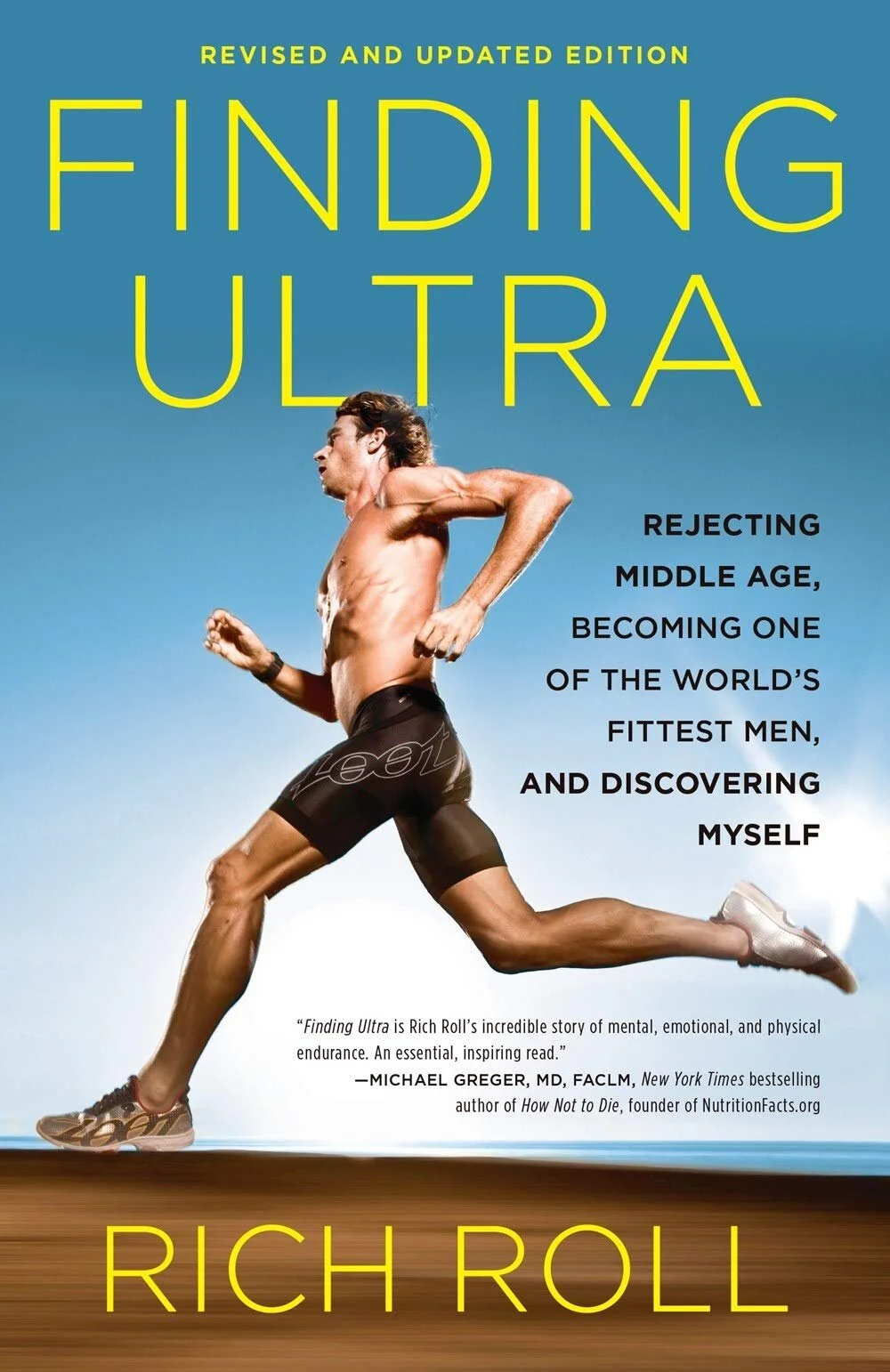Engaging Stoicism (2014)
Some time ago, in 2014 to be precise, I jotted down a few thoughts Stoicism attractive. I read through to them the other day and made a couple of changes. Nothing comprehensive, just a brief take.
First, I agree with how the Stoics treat happiness in light of broader metaphysical and cosmological questions. In other words, happiness isn't simply about feeling better, but about living in tune with reality. By “reality,” I mean questions of cosmology, human nature, various natural and supernatural ends, basic goods, etc.—in other words, the struggle to aligned ourselves with how things actually are. That my understanding of ultimate reality diverges from Stoics in key points does not detract from this basic premise.
Second, I agree with the Stoics that living in the present is essential to living a meaningful life. For me, as a Christian, that includes a nurturing of continued God-consciousness.
Third, most of our problems come from passions (negative emotions) and wrong judgments. Getting a handle on automatic negative thoughts is thus essential to personal well-being. (CBT is built on that basic insight.)
Fourth, that is why attentiveness (prosoche) or vigilance is so important. To capture the swelling up of negative emotions such as anger and self-pity, to detect the birthing of prejudical or uniformed thoughts—that deserves our utmost energy.
Fifth, I agree with their contention that eudaimonia (happiness or subjective well-being) comes from the possession of moral and intellectual virtue; of acquiring, in biblical terms, the fruits of the Spirit. At the same time, I recognize that full human flourishing—flourishing understood in a holistic sense—demands the promotion and protection of basic human goods. It is always better to be healthy, have friends, have food and shelter, live in conditions of justice, be accorded basic rights, and so on than to be deprived of them.
Sixth, difficult situations afford opportunities for growth. By facing them with courage, hope, a growth-mindset, and positive reframing, we nurture resilience. So, rather than allowing fear and self-pity to overwhelm us, we can say, “Good, here is an opportunity for me to grow,” or, “Here is an opportunity to live in the kingdom of God.”
Seventh, I believe that happiness is related to training, to a craft of living that allocates an important space to “spiritual” exercises (askesis) such as reflective meditation on events, expressions of gratitude, negative visualization, journaling, etc. As a Christian, I would add: prayer, Bible meditation, imaginative contemplation, fasting, etc.
Eight, the key aim of these exercises is greater self-awareness, which we all need desperately. Of course, inwardness on its own has significant limits, plagued as it is by mental foibles such as introspective illusion. We need feedback from others as well. Above all, we need the Spirit to lead us into all truth.













